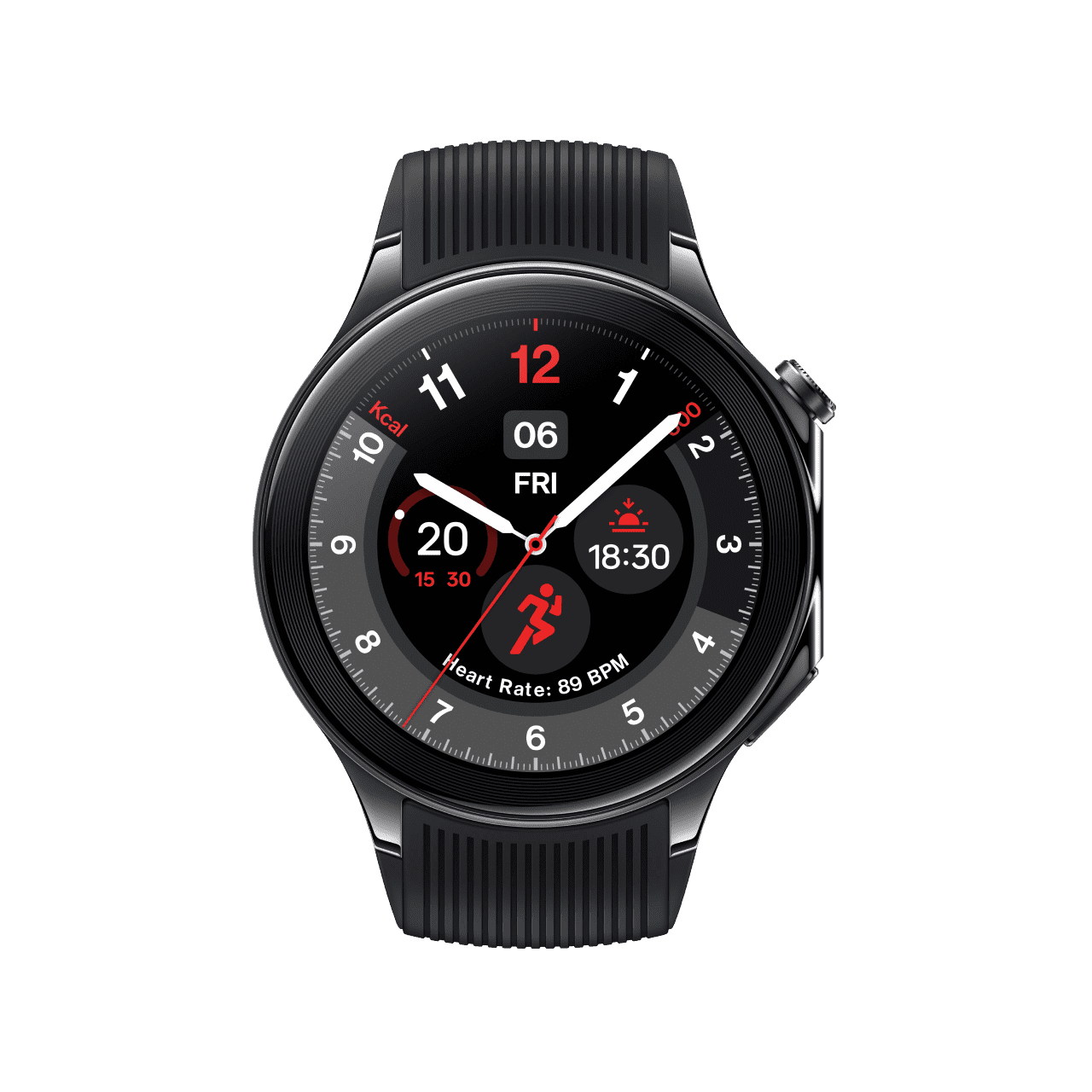
Middle East, Africa, & Turkey Wearable Devices Market
Shipments of wearable devices in the Middle East, Turkey, and Africa (META) region reached 1.13 million units in the third quarter of 2018 (Q3 2018), according to the latest insights from International Data Corporation (IDC). The global technology research and consulting firm’s Worldwide Quarterly Wearable Device Tracker shows that shipments were up 77.6% on the corresponding period of 2017 and up 50.0% on the previous quarter. Wearable Devices market
The market witnessed various new product launches in Q3 2018 from brands such as Fitbit, Huawei, and Garmin, which all helped spur growth in the basic wearables category. A large number of shipments from Xiaomi, particularly to Turkey and the UAE, was another driver of basic wearables growth in the region. Xiaomi launched its first flagship store in Turkey and shipped the large number of basic wearables to the country, alongside other consumer devices such as PCs and smartphones. Wearable Devices market
“The basic wearables category has been growing for a number of years now and the new features and functionalities added to the basic watch category are proving attractive to the first-time users,” says Ayse Kaptanoglu, a senior research analyst within IDC’s devices group. “These users will invest in upgrades over the coming years as they become used to the convenience of using smart wearable devices. As such, the market presents a clear opportunity for new players, which is why various fashion brands are now looking to enter this space and tap into the growing demand.” Wearable Devices market
“However, affordability remains the biggest issue in the META region,” continues Kaptanoglu. “Most countries are price sensitive due to fluctuating exchange rates, rising inflation, low consumer confidence, and other unfavorable macroeconomic conditions, all of which are causing some consumers to postpone their purchases. While demand for connectivity will spur the market for smart wearables, which are mainly supplied by Apple and Samsung, pricing will play a critical role in determining buyer behavior in this space. Despite these issues, IDC expects the young population’s strong interest in new technologies to keep demand for wearables alive in the region.”
Here are some key trends and insights about the market:
1. Market Growth and Size
- The Middle East wearable devices market has been growing steadily, with a compound annual growth rate (CAGR) projected in the range of 10-15% over the next few years. The growth is fueled by rising demand for fitness trackers, smartwatches, and other wearable health devices.
- Countries such as the UAE and Saudi Arabia are leading in the adoption of wearable devices, driven by high disposable incomes, a young and tech-savvy population, and government initiatives supporting digital health.
2. Key Drivers
- Health and Fitness Awareness: Growing awareness about fitness and health among consumers has increased the demand for wearables that monitor physical activity, heart rate, and other health metrics.
- Technological Advancements: Innovations in wearable technology, such as improved battery life, better sensors, and integration with other digital services, are making wearables more appealing to consumers.
- Adoption of Smart Devices: The rise in the adoption of smartphones and digital ecosystems in the region facilitates the growth of wearable devices, which often rely on integration with mobile apps for full functionality.
3. Popular Product Segments
- Smartwatches: Smartwatches are the most popular category, with brands like Apple, Samsung, and Huawei dominating the market. They offer functionalities beyond timekeeping, such as notifications, GPS, and fitness tracking.
- Fitness Bands: Fitness trackers from companies like Fitbit and Garmin are widely used for monitoring steps, heart rate, sleep patterns, and other health metrics.
- Smart Clothing and Eyewear: Although still emerging, there is growing interest in smart clothing and eyewear that offer enhanced features like temperature control, posture correction, and augmented reality experiences.
4. Consumer Demographics
- The primary users of wearable devices in the Middle East are younger individuals (aged 20-40), who are tech-savvy and health-conscious. However, there is also a growing interest among older adults, especially for health monitoring devices.
5. Market Challenges
- Data Privacy Concerns: There is growing concern about data privacy and security among consumers, especially with wearables that collect sensitive health data.
- High Costs: High-end wearable devices can be expensive, which may limit their adoption among price-sensitive consumers.
- Regulatory Barriers: The wearable market is also impacted by regional regulations regarding data protection and medical device approvals.
6. Future Outlook
- The wearable devices market in the Middle East is expected to continue growing, driven by advancements in artificial intelligence, machine learning, and IoT integration.
- The increasing focus on personalized health and wellness, along with partnerships between tech companies and healthcare providers, is likely to expand the market further.










